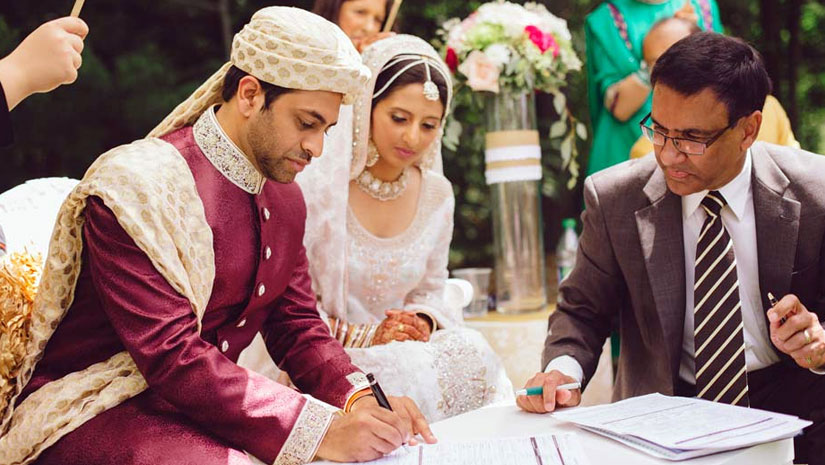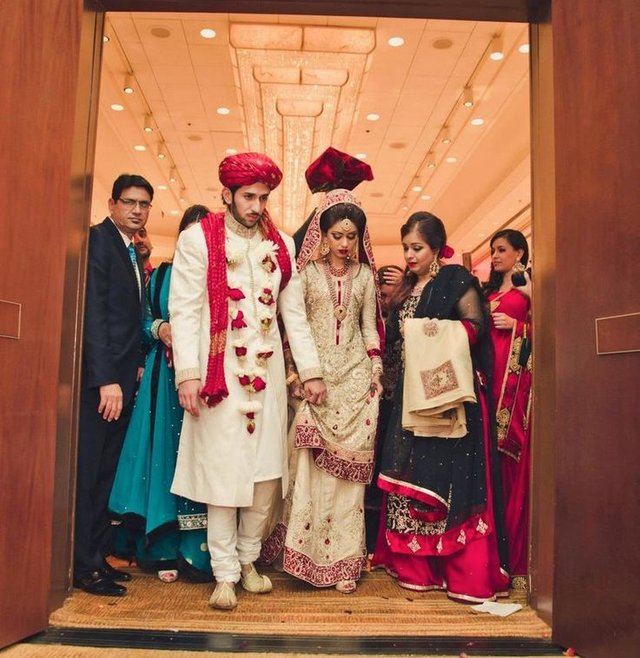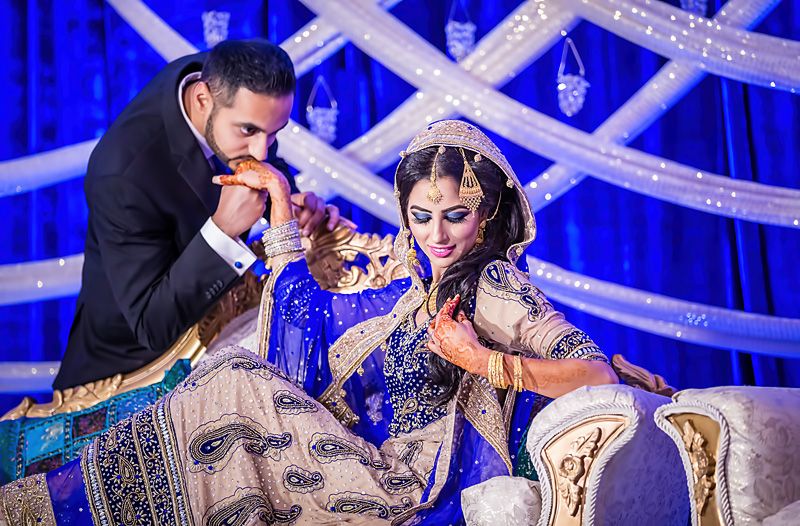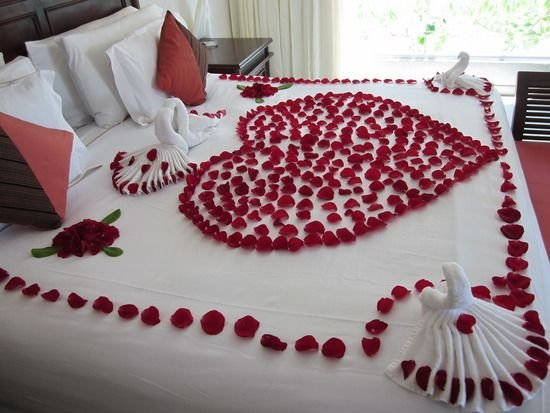Wedding Culture of ( Punjab) Pakistan.
Before the wedding.
Search.
Searching for a potential groom or bride is the first step of traditional Pakistani marriages. Beyond age 20, both men and women are considered potential grooms and brides. Most marriages in Pakistan are traditional arranged marriages, semi-arranged marriages or love marriages.
Arranged marriage occurs when a member of the family, a close friend or a third person party help bring two supposedly compatible people together in matrimony. The groom and bride have usually never met before, and any interaction between them is akin to small talk with a stranger. This form of marriage is considered traditional, but is losing popularity among the newer generations.
Semi-arranged marriage is a growing trend where both men and women interact with one another before marriage (a form of dating). Both the man and woman have usually had several “meet and greet” opportunities, thereby allowing both to gain a sense of familiarity. This process can occur over a span of a few months to a few years and may or may not culminate in marriage. However, if both agree upon marriage, the potential groom will approach his family to send a proposal to the family of the potential bride.
Love marriages (also known as court marriages) are rare, since the concept of "family consent" has been eliminated. Such “free-will” challenges traditional mindsets as it "dishonours" the powerful institution in Pakistani society - the family. Without family consent, marriages are usually frowned upon.
Proposal[edit]
Once a decision has been made by either the man or woman or both, one or more representatives of the potential groom’s family pay a visit to the potential bride's family. In arranged marriages, the first visit is purely for the parties to become acquainted with one another and does not include a formal proposal. Following the first visit, both the man and woman have their say in whether or not they would like a follow up to this visit. Once both parties are in agreement, a proposal party is held at the bride's home, where the groom's parents and family elders formally ask the bride's parents for her hand in marriage. In semi-arranged marriages, the first or second visit may include a formal proposal, since both the man and woman have already agreed to marriage prior - the proposal is more or less a formality. In love marriages, the man directly proposes to the woman. Once the wedding proposal is accepted, beverages and refreshments are served. Depending on individual family traditions, the bride-to-be may also be presented with an gifts such as jewelry and a variety of gifts. Some religious families may also recite Surah Al-Fatihah.
Engagement.
An engagement (called nisbat نِسبت, mangni منگنی or habar bandi حبر بندی) is a formal ceremony to mark the engagement of the couple.[9] It is usually a small ceremony that takes place in the presence of a few close members of the would-be bride's and groom’s families. Rings and other items of jewelry among affluent families are exchanged between the would-be bride and groom. In traditional weddings, the bride and the groom are not seated together, and the rings are placed on the bride's finger by the groom's mother or sister, and vice versa. However, segregated engagement ceremonies have become a rarity among the newer generations and rings are usually exchanged between the couple. A prayer (Dua) and blessings are then recited for the couple, and the wedding date is decided.
Wedding.
Arranged and semi-arranged marriages in Pakistan often take long periods of time to finalize. Up to a year or more can elapse from the day of engagement until the wedding day. Wedding customs and celebrations also differ significantly depending on ethnic background and religion. However, a typical Pakistani wedding has at least three main customs: Rasm-e-Henna, Nikah and Walima.
(Rasm-e-Heena)
Rasm-e-Heena (رسمی حنا) or mehndi (مہندی) is a ceremony that is named after henna, a dye prepared from the Lawsonia inermis plant which is mixed into a paste form to apply onto the hands of the bride and groom. This event is held a few days before the main wedding ceremony and was traditionally held separately for the bride and the groom. However nowadays the ceremony is usually combined and held at a marriage hall. The groom will typically wear a casual black or white shalwar qameez, sherwani or western suit while the bride will typically wear an embroidered brightly colored shalwar kameez or sari. The dress may or may not be accompanied by jewellery, depending upon region and ethnic background. In the bridal ceremony, a certain number of married women who are closely related to the bride apply henna to her hands, and feed her sweets. This ritual is supposed to bring good luck and longevity to the bride's married life. Similarly, on the groom's side, oil is applied to his head and sweets are fed to the groom. Sometimes elaborate musical and acting performances are part of the Rasm-e-Heena celebrations. Elaborate dance sequences and competitions between the bride and groom's families are also quite common these days. Traditionally this was considered a "woman's event" as men did not participate in it. However this has changed substantially in recent generations with males featuring prominently.

Marriage ceremony.
Hosting the marriage ceremony differs among different cultures. In Punjabi weddings, the ceremony traditionally hosted by the family of the bride, while in Baloch weddings the ceremony is traditionally hosted by the family of the groom. Nowadays, it has become common to hold the event at a marriage hall or hotel.
(Nikah)

(Rukhsati)
Rukhsati (رُخصتی) or "sending off" takes place when the groom and his family will leave together with the bride. The Qur'an is normally held over the bride's head as she walks from the stage to the exit (or if the ceremony is being held at home, to the main entrance of the house) in order to bless and protect her. This is a sombre occasion for the bride's parents as it marks the departure of their daughter from their home. The departure of the bride becomes a very emotional scene as she says farewell to the home of her parents and siblings to start a new married life. Traditionally, the groom travels by a decorated horse to the bride's house and after the wedding ceremony takes his wife in a doli (palanquin) to his parents' house to live. The horse and the carts have now been replaced by cars; it is typical to see a quiet bride with wet eyes as she sits in the car beside her husband leaving for her new home.
(Rukhsati)

Walima
Walima (ولِيمہ) is the final day of the wedding held by the couple as they host their first dinner as husband and wife. This is to celebrate the consummation of husband and wife. This is traditionally organized by the bridegroom and/or his family thus, without his parents, this ritual normally cannot be performed. So to make walima valid, the parents' blessing and presence is the most important factor. The groom's family, specifically his parents, invite all of the bride's family and their guests to their home for a feast. More commonly nowadays, this is held in a marriage hall or hotel instead. The Valima is typically the most festive event of the wedding ceremony and intends to publicize the marriage. The bride wears a heavily decorated dress with gold jewellery provided by the groom's family. The groom normally opts for a formal Western suit or tuxedo. It is at this ceremony that they are formally and publicly show cased as a married couple.
(Walima)

And last is.
(Honeymoon)
Shab-i-Zifaf[edit]
Shab-i-Zifaf (شبِ زِفاف) refers to the couples' first night together and it occurs after the bride has left for the groom's house. On the day of the wedding, the couples' bedroom is decorated with flowers. It is customary for roses or rose petals to be laid across the couples' bed and sometimes for garlands or strings of roses to be used as bed curtains. The groom's female relatives lead the bride to the bedroom and she is left for some time to await the groom's arrival. At this point it is common for the groom to stay with his relatives for a while. After the relatives have left, the groom enters the bedroom where the bride is waiting. Traditionally the bride's veil or head covering (dupatta or chador) is draped over so that it covers her face (گھونگٹ). It is customary for the husband to brush the bride's veil aside to reveal her face as one of the first things on that night. It is also customary in some families for the husband to present his newly-wed wife with a small token of affection. This is generally a ring or a family heirloom.
(First night Bed)
